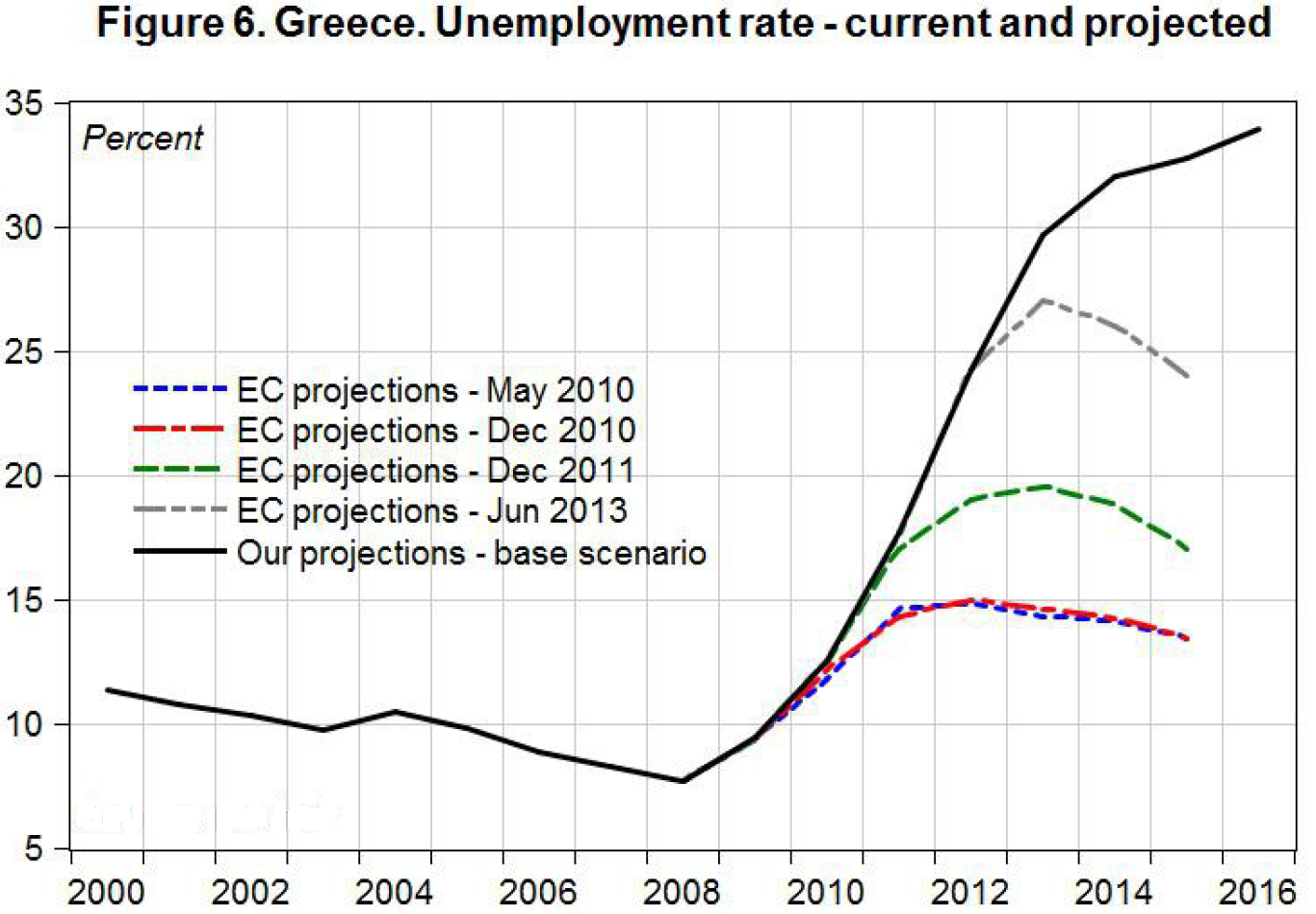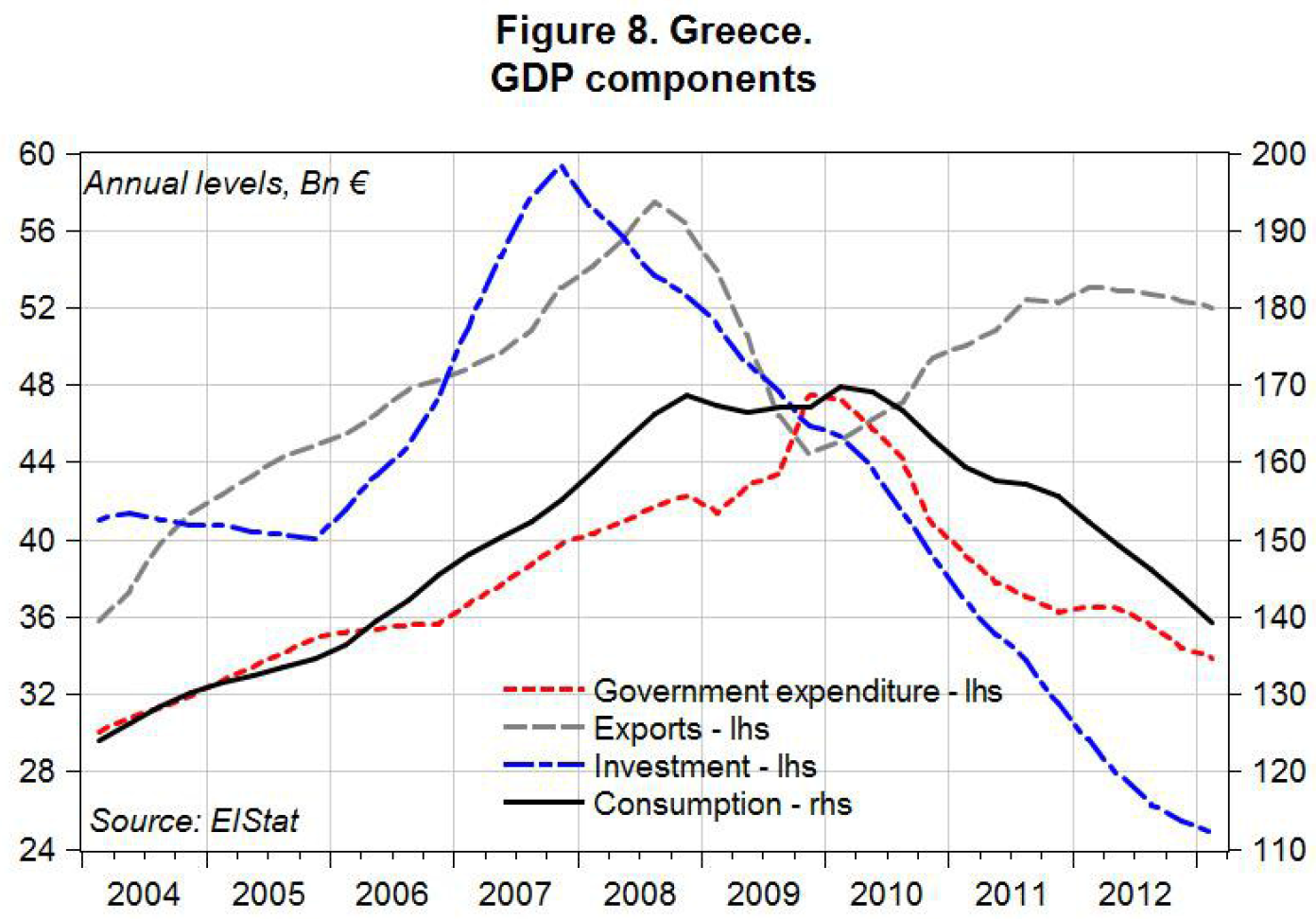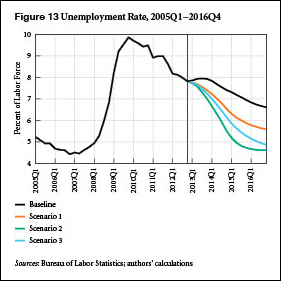How BIG is BIG Enough: Would the Basic Income Guarantee Satisfy the Unemployed?
(This is a prequel, Part 1 on BIG; I already did Part 2. Sorry it is longish, but not technical.)
Last week I criticized an article by Allan Sheahan who argued that “Jobs Are Not the Answer” to America’s unemployment problem. The thesis was based on two propositions. First, labor productivity has grown so we’d never be able to find sufficient work for all. Second, we don’t need jobs anyway because:
“Job creation is a completely wrong approach because the world doesn’t need everyone to have a job in order to produce what is needed for us to live a decent, comfortable life. We need to re-think the whole concept of having a job. When we say we need more jobs, what we really mean is we need is more money to live on. One answer is to establish a basic income guarantee (BIG), enough at least to get by on — just above the poverty level — for everyone. Each of us could then try to find work to earn more.”
I devoted most of the space in my response to the first point. Labor productivity has been rising since caveman first grabbed a club. Productivity’s importance as a cause of unemployment is at best of second order importance and certainly not new. The real cause is money. To be more specific, it is because we choose to organize a huge part of our social provisioning process through the monetary system, with much of our production controlled by capitalists. It is a monetary production economy—capitalists will not employ labor if they do not believe it will be profitable. (Note that is a statement of fact, not a criticism.)
The problem is not that we cannot find useful things for people to do. Any one of the readers of this blog could come up with a list of hundreds of useful things to do that are not being done because no one can think of a way to make profits at them. So we can use the JG/ELR to put people to work doing useful things without worrying about profiting off their labor.
And if all else fails, we can share the work that we can imagine by cutting the work day and the work week, and providing vacations to Americans. Why not the 30 day type of vacation that other rich nations provide? Four day work weeks? A legal right to six months paid paternal and maternal care? Paid sabbaticals for all, one year off out of every seven? (Why should tenured faculty have all the fun?)
Ok, ‘nuff said on that one. I think many readers agree with me. All we need is the Job Guarantee/Employer of Last Resort and we will get everyone employed. And we can simultaneously work toward more paid time off—if the JG/ELR program offers it, private employers will, too.
So what we need to do is to look at the second argument in more detail. Many readers apparently do not know what a BIG is. And just how BIG a BIG is supposed to be. In other words, what it is supposed to accomplish. continue reading…






 ShareThis
ShareThis